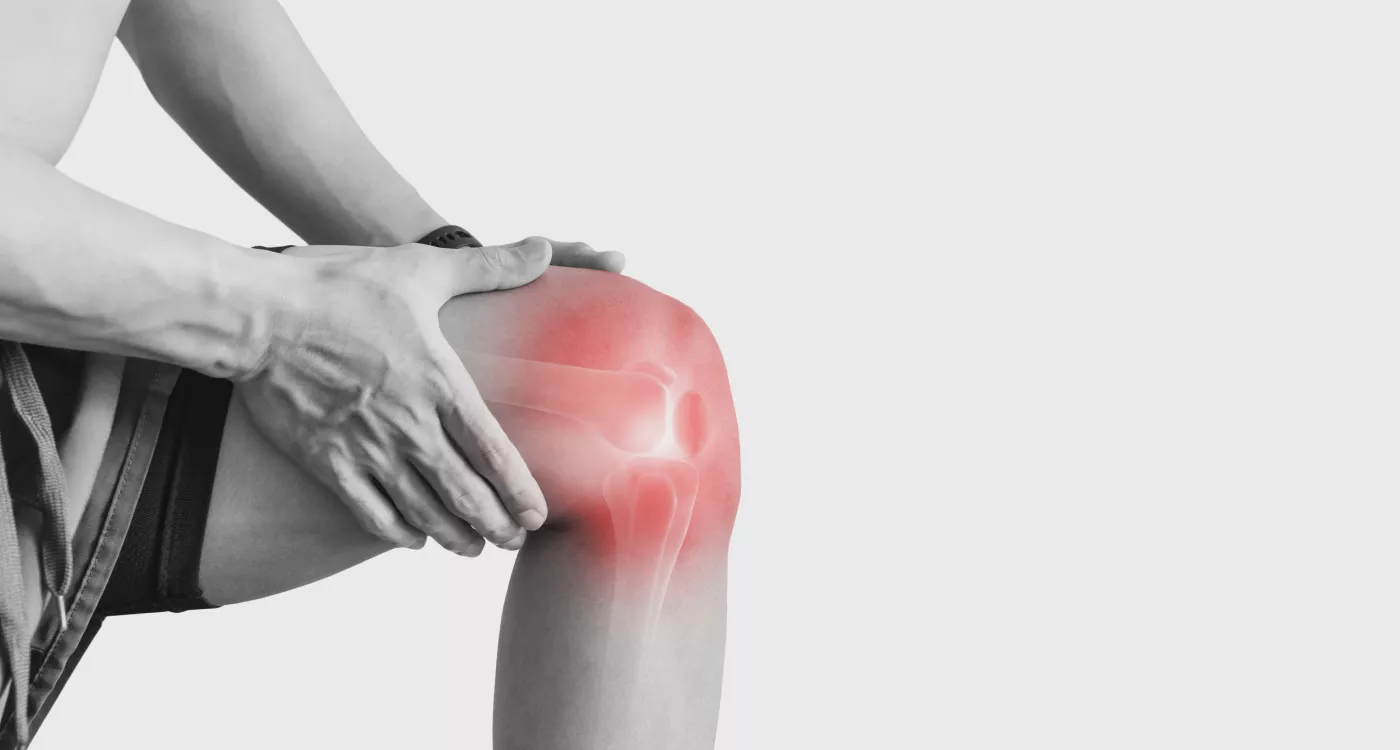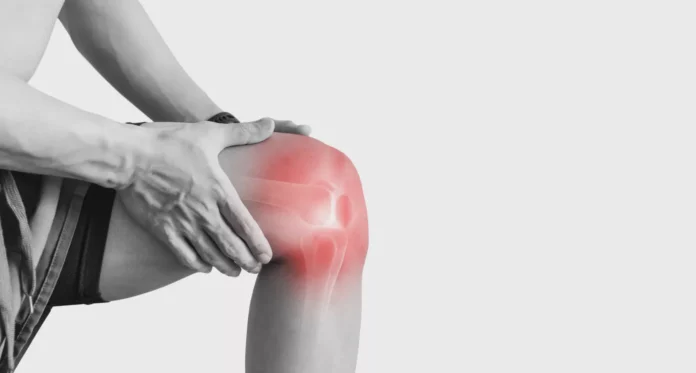
1. Physical Therapy
Physical therapy is a highly effective method for managing knee pain, focusing on exercises and stretches tailored to strengthen the muscles around the knee. A licensed therapist assesses the patient’s condition to create a personalized program that targets the root cause of pain. Therapy typically includes strength training, flexibility exercises, and mobility training, aiming to improve function and prevent further injuries. Patients often experience enhanced mobility and reduced pain, promoting long-term relief without the need for surgery. However, physical therapy requires commitment and regular sessions over weeks or months, and results may take time to appear, which can be frustrating for those seeking immediate relief.
Pros: Long-term pain relief and improved function.
Cons: Requires time commitment and may show slow results.
2. Corticosteroid Injections
Corticosteroid injections are a common non-surgical option for knee pain, especially for arthritis. This treatment involves injecting a concentrated dose of corticosteroids directly into the knee joint to reduce inflammation and alleviate pain. Administered by a healthcare professional, patients often experience rapid relief within days, allowing them to return to physical activities. While effective, the effects are temporary, lasting weeks to months, and there are limits on how often injections can be administered due to potential side effects like joint damage.
Pros: Quick pain relief and reduced inflammation.
Cons: Temporary effects and potential side effects.
3. Hyaluronic Acid Injections
Hyaluronic acid injections are designed to treat knee pain by restoring natural lubricant levels in the joint, improving function and reducing discomfort. This treatment is particularly effective for individuals with osteoarthritis, as it helps cushion the joint. The injection is straightforward, often done in a doctor’s office, with minimal downtime. The main benefit is the long-lasting relief it offers, sometimes lasting up to six months. However, it can be costly, and results may vary, with some patients experiencing significant improvement while others may see limited benefits.
Pros: Long-lasting relief and minimal recovery time.
Cons: Can be expensive and effectiveness varies.
4. Oral Pain Relievers & Supplements
Oral pain relievers, such as NSAIDs, are commonly used for knee pain management, providing quick relief by reducing inflammation. Additionally, dietary supplements like glucosamine and chondroitin sulfate are popular for supporting joint health. These medications are easily accessible and can be taken as needed, making them convenient options. However, long-term NSAID use poses risks, such as gastrointestinal issues, and not all patients benefit from supplements. It’s important to consult a healthcare provider for the best approach based on individual needs.
Pros: Convenient and quick pain relief.
Cons: Risks associated with long-term use and variable effectiveness of supplements.
5. Platelet-Rich Plasma (PRP) Therapy
Platelet-Rich Plasma (PRP) therapy is an innovative treatment for knee pain that uses the patient’s own blood to promote healing. A small blood sample is drawn, processed to concentrate platelets, and then injected into the knee joint. This releases growth factors that help repair tissue and reduce pain. The main advantage is that it utilizes the body’s natural healing properties, resulting in minimal side effects. While many patients report significant improvement, PRP therapy can be expensive and may not be covered by insurance, with variable outcomes and potential need for multiple sessions.
Pros: Natural healing method with minimal side effects.
Cons: High cost and variable effectiveness.


